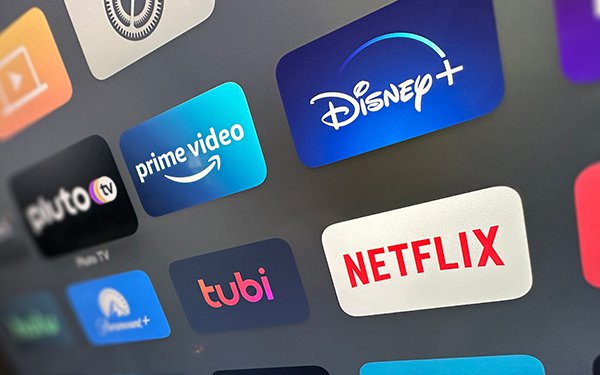For the first time, Walt Disney is enabling direct access to its programmatic platform, Disney Real-Time Ad Exchange (DRAX), from two of the top demand-side platforms (DSPs): Google Display & Video 360 and The Trade Desk.
Disney will join with Google and The Trade Desk to develop DRAX Direct, which will provide advertisers on those platforms with a new means to directly purchase Disney’s connected TV (CTV) inventory.
Disney describes this as a new level of automation that will unify access to streaming inventory across Hulu and Disney+ “for advertisers of all sizes.”

Until now, Disney has only had ad inventory connections with supply-side platforms such as Magnite. Going forward, Disney believes that supply-side platforms will continue to be valuable for its overall programmatic strategy, particularly for SSPs that can gather enough advertiser demand from smaller DSPs.
READ MORE: Disney, Fox, And Warner Bros.’s New Sports Streaming Service Is Being Sued by Fubo
“Disney’s goal is to empower advertisers to transact with the freedom and flexibility that best suits their business needs,” said Jamie Power, senior vice president of addressable sales for Disney Advertising, in a statement.

Will Doherty, vice president of inventory development at The Trade Desk, stated in the release that this is a logical extension of the DSP’s open internet identity graph — Unified ID 2.0 — with Disney’s Audience Graph, which began in July 2022.
In July 2023, Disney began testing its Disney Audience Graph alongside Google’s Publisher Advertiser Identity Reconciliation (PAIR).

In March 2021, Disney launched DRAX as an advertising-technology platform to centralize and create “parity” for its ad inventory, which includes both direct-sold and programmatic ad sales, “allowing them to compete on an equal playing field.”
At the time of DRAX’s introduction, Disney stated that programmatic sales would account for more than half of its revenue by the end of 2024.
Radiant TV, offering to elevate your entertainment game! Movies, TV series, exclusive interviews, music, and more—download now on various devices, including iPhones, Androids, smart TVs, Apple TV, Fire Stick, and more.


